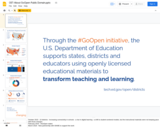
Broken Arrow 2018 Summit: About GoOpen Presentation
- Subject:
- Education
- Material Type:
- Lecture
- Lecture Notes
- Provider:
- Broken Arrow Summit 2018
- Date Added:
- 10/05/2021

Broken Arrow 2018 Summit: About GoOpen Presentation
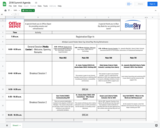
Broken Arrow 2018 Summit Agenda
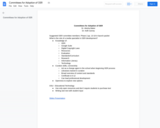
Broken Arrow 2018 Summit: Committees for Adoption of OER
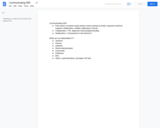
Broken Arrow 2018 Summit: Communicating OER
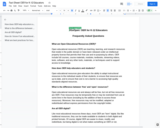
Broken Arrow 2018 Summit: K-12 OER Frequently Asked Questions
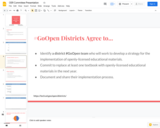
Broken Arrow 2018 Summit: OER Committee Presentation
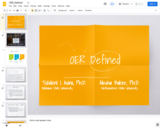
Broken Arrow 2018 Summit: OER Defined
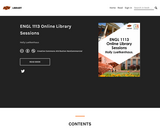
This resource is used to provide library instruction for introductory undergraduate composition courses.

This resource is a video abstract of a research paper created by Research Square on behalf of its authors. It provides a synopsis that's easy to understand, and can be used to introduce the topics it covers to students, researchers, and the general public. The video's transcript is also provided in full, with a portion provided below for preview:
"Deep shale formations underlie most of North America and are typically inhospitable to microbial life. However, hydrologic fracturing of shale creates space and injects moisture and nutrients into the system, thus allowing new microbial communities to form. These communities can cause problems by corroding infrastructure and souring the hydrocarbon steam. Understanding the behavior of these microbial communities could lead to better management techniques. Recently, researchers examined the microbial genomes and metabolic capacity of fractured shale wells in Oklahoma, USA. Oklahoma shale is much hotter and has lower salinity than the previously characterized formations in the eastern USA. This study found that the Oklahoma formations had greater microbial taxonomic and metabolic diversity than the eastern formations. Sampling over time revealed that this microbial community broke down complex polymers from the fracturing process and used them for nutrients..."
The rest of the transcript, along with a link to the research itself, is available on the resource itself.
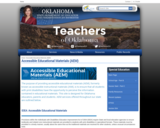
The purpose of providing accessible educational materials (AEM), formerly known as accessible instructional materials (AIM), is to ensure that all students with print disabilities have the opportunity to perceive the information contained in educational materials. This site is designed for Oklahoma educators, parents and students. AEM services offered throughout our state are outlined below.

Cover image features National Geographic Explorer Alicia Odewale, courtesy of Alicia Odewale.The National Geographic Society is making this content available under a Creative Commons CC-BY-NC-SA license. The License excludes the National Geographic Logo (meaning the words National Geographic + the Yellow Border Logo) and any images that are included as part of each content piece. For clarity the Logo and images may not be removed, altered, or changed in any way. How can we use maps to reimagine our history? See how Explorer Alicia Odewale uses maps to help students visualize and understand life in Oklahoma’s historic all-Black towns one hundred years ago.
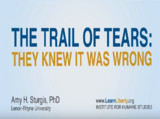
According to Professor Amy Sturgis of Lenoir-Rhyne University, the Trail of Tears shouldn’t have happened. In this video, Professor Sturgis explains both the moral and legal arguments used to protest the forced removal of the Cherokee Nation to "Indian Territory" as well as why it’s so important that we remember the Trail of Tears today.
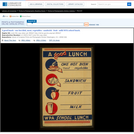
Poster promoting good eating habits in school. Date stamped on verso: Jul 7 1941.
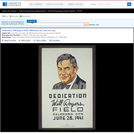
Poster for dedication of Will Rogers Field, showing head-and-shoulders portrait of Will Rogers, facing slightly left. Date stamped on verso: Jul 7 1941.